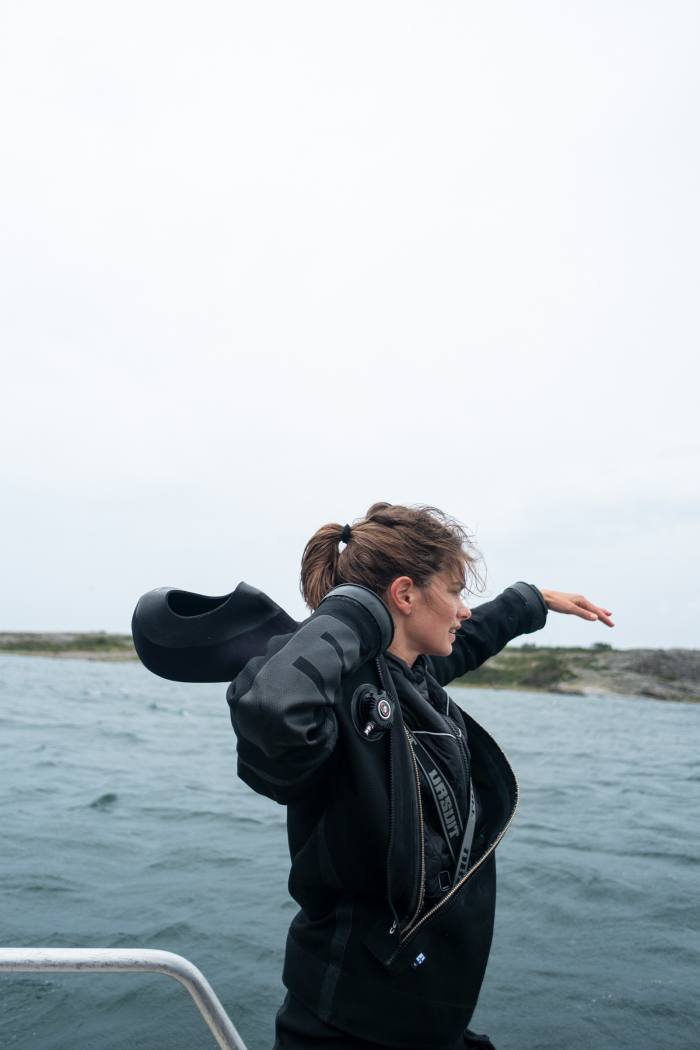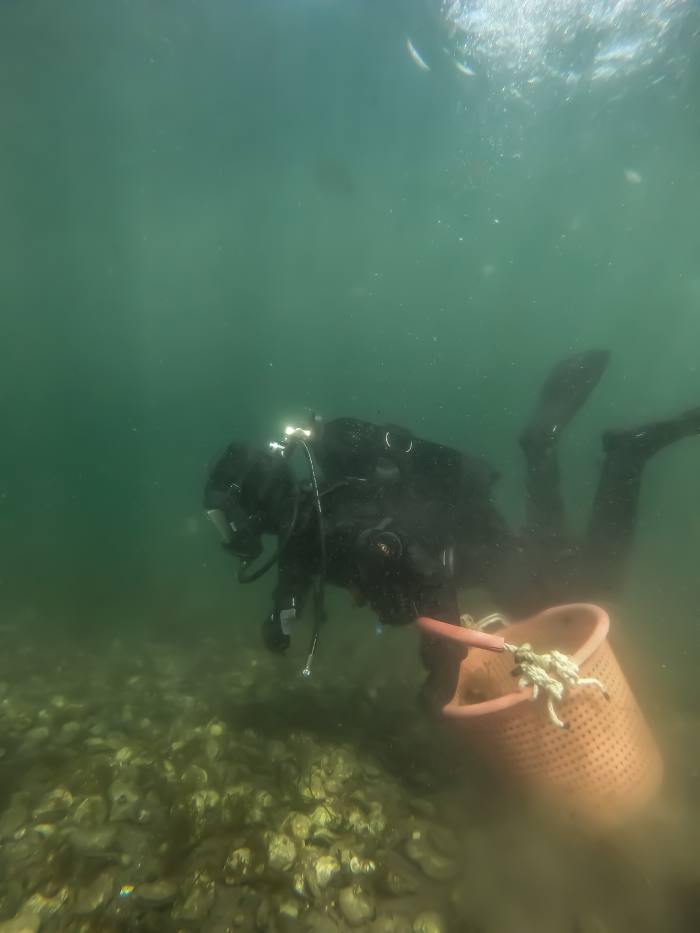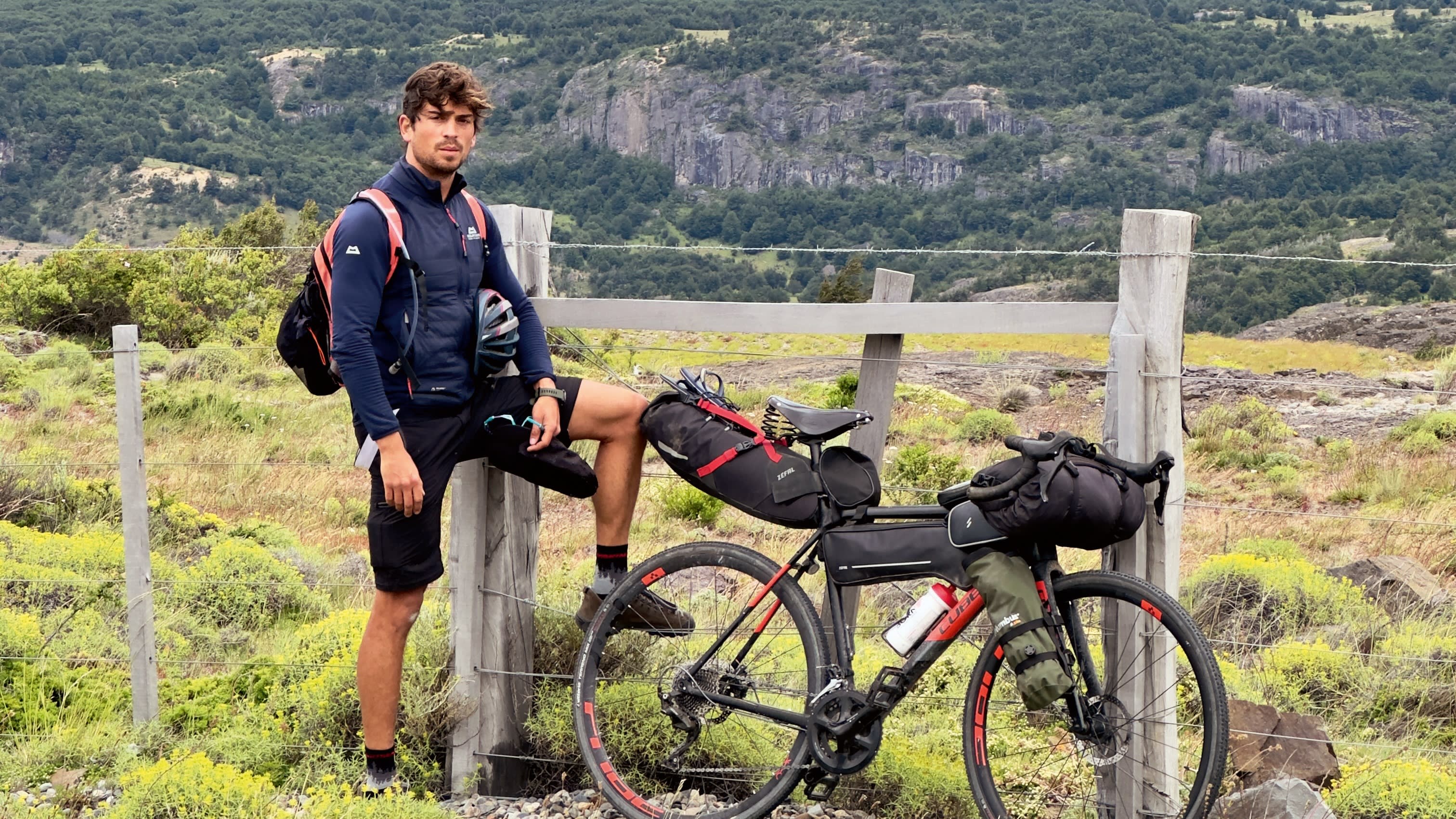Oyster diving with Sweden’s fisher queen
Lotta Klemming has a steady grip around the oyster; her other hand moves the knife sharply and precisely to prise it open. Her gaze – focused and still – seems to be somewhere far away. “It’s very meditative,” she says. “The work is monotonous and you have time to think about other things. Also, when you are diving you have to mind your breath and your movements, you are very present in your own body.” She bursts out laughing. “God, this sounds so silly.”
I’m standing by the sea in Bohuslän with Klemming, 33, Sweden’s only professional female oyster diver. After seven years in the fashion industry, working for H&M opening stores both globally and locally, she found herself in a spiritual crisis: “I felt trapped. It was a real hamster wheel. I couldn’t look myself in the mirror being one of all the women trying to climb to the top. I don’t have sharp elbows.”


Now, every week, she travels to her family home of Grebbestad on the west coast of Sweden, a small town of 1,900 people known for its beautiful archipelago and historic thriving fishing industry. “I felt like the ocean was calling for me; it really saved my life,” she says. There, her father and uncle run an oyster company, Bröderna Klemmings Dykhjälp, a small-scale operation and hobby project, barely covering the material costs. In 2015 Lotta set up Klemmings Ostron, sharing the family fishing boat and boathouse. Eight years on, her business has supplied restaurants such as the Michelin-starred Adam & Albin in Stockholm and the fabled Noma in Copenhagen. “I dive with an aqualung and everything is done by hand, oyster by oyster. I collect them in a big basket that I carry in my left arm,” she says. “The oysters are wild and no machines are allowed. We follow the daylight, head out around 10am, dive for oysters till 2pm and then come back to clean and package them.”
It’s a harsh work environment. She works all year round in ocean temperatures that vary from 0ºC to 16ºC and she picks between 400 and 700 oysters per day. Even though she earned her diving certificate when she was 12 years old, it took her almost 15 years before she realised that it could be an actual profession: “My father was an amateur body builder so I always associated diving with a physique different from mine. Like most other fathers he was busy with work and his own interests, and my only way to hang out with him was to tag along when he was diving during the weekends.”

When Klemming first tried oyster diving in her early 20s she found it “disappointing”. Her equipment was leaking and the ocean view was limited. “Seven years later I tried it again with new equipment and a different determination and focus. Suddenly, I was in heaven.”

Klemming has large plans for Klemmings Ostron: a hotel, restaurant and headquarters in the archipelago. “We have reached our limit and need a roof over our heads to continue to grow. There are a lot of old warehouses and fishing cabins around here that are empty, they just go to waste. So, right now we are struggling with landowners and the municipality to find a place of our own. In Sweden there is hardly any property tax so people just hold on to their real estate.” She adjusts the straps on her overalls and looks out into the distance. There’s little doubt that her elbows are at least sharp enough to fulfil this dream. “The ocean has given my life a meaning. I’m good at what I do. I feel pride for the first time in my life,” she concludes. “I’m at home.”
This story originally appeared on: Financial Times - Author:Victor Johansson
























